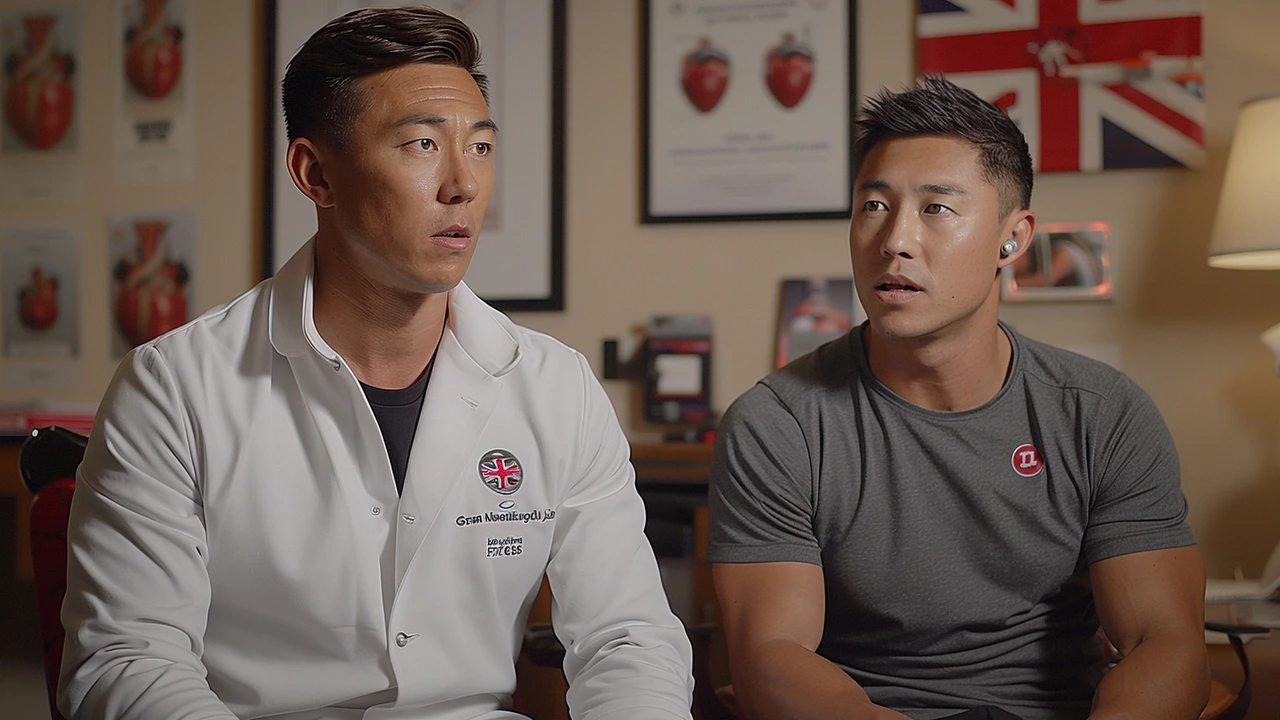Stents: Types, Risks, and What to Expect
One tiny tube can change how your heart or leg works. That tube is a stent. Doctors use stents to hold open narrowed arteries so blood can flow properly. If you're facing a stent procedure, this plain-language guide tells you what matters most: the types, the risks, recovery steps, and the right questions to ask.
Types of stents and why doctors pick them
Bare-metal stents are simple metal scaffolds. They hold the artery open but can trigger tissue growth that narrows the vessel again.
Drug-eluting stents release medication that slows that tissue growth. They cut the chance of re-narrowing and are commonly used in coronary arteries.
Bioresorbable stents dissolve over time. They sound ideal, but they aren’t right for every case. Your doctor will pick the type based on where the blockage is, how severe it is, and your overall health.
Stents aren’t only for the heart. Peripheral stents help blood flow in legs, kidneys, and other areas. The principles are similar: open the vessel, restore flow, reduce symptoms like chest pain or leg cramps.
What happens during the procedure, risks, and recovery
The procedure usually takes under two hours. A doctor threads a thin tube (catheter) to the blocked area, inflates a small balloon to widen the artery, then places the stent. Most people go home the same day or after one night.
Common risks include bleeding at the access site, bruising, and mild pain. More serious — but less common — risks are blood clots forming inside the stent (stent thrombosis) and the artery narrowing again (restenosis).
To lower risks, you'll likely start dual antiplatelet therapy (two blood-thinning pills) for a set time. Take these exactly as your doctor prescribes. Stopping early raises the chance of clotting.
Recovery tips: rest for a few days, avoid heavy lifting for one to two weeks, and keep the puncture site dry until it heals. Follow-up appointments and sometimes a stress test or ultrasound help your care team check that the stent is working.
Lifestyle changes matter. Quit smoking, move more, eat a heart-healthy diet, and control blood pressure, cholesterol, and diabetes. Those steps help the stent do its job longer.
Know the warning signs: sudden chest pain, shortness of breath, fainting, severe leg pain, or swelling at the access site. If any appear, seek emergency care right away.
Ask your doctor: Why do I need this stent? Which type is best for me? How long will I be on blood thinners? When can I return to work and exercise? Clear answers help you plan and feel more in control.
A stent can bring fast symptom relief and better quality of life. With the right aftercare and follow-up, most people do very well. If you want, write down your questions before the appointment — it makes the conversation easier and helps you get the care you need.
